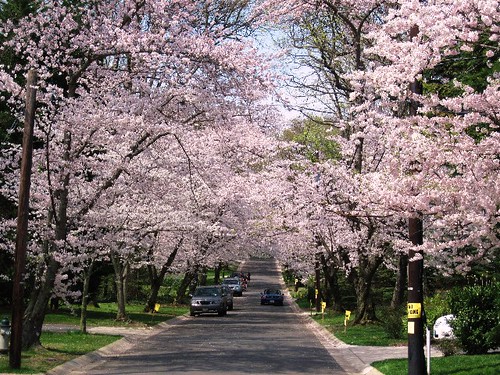If you’re interested in the subject of the community benefits of trees, you can get additional information from the websites of the National Arbor Day Foundation and theUS Forest Service. Among the tidbits I learned on one or the other of those two sites are these:
- The net cooling effect of a young, healthy tree is equivalent to ten room-size air conditioners operating 20 hours a day.
- If you plant a tree today on the west side of your home, in 5 years your energy bills should be 3 percent less. In 15 years the savings will be nearly 12 percent.
- One acre of forest absorbs six tons of carbon dioxide and puts out four tons of oxygen.
- A number of studies have shown that real estate agents and home buyers assign between 10 and 23 percent of the value of a residence to the trees on the property.
- Surgery patients who could see a grove of deciduous trees recuperated faster and required less pain-killing medicine than matched patients who viewed only brick walls.
- In one study, stands of trees reduced particulates by 9 to 13 percent, and the amount of dust reaching the ground was 27 to 42 percent less under a stand of trees than in an open area.
Several years ago, walkability guru Dan Burden wrote a detailed monograph titled 22 Benefits of Urban Street Trees. Among other things, he calculated that “for a planting cost of $250-600 (includes first 3 years of maintenance) a single street tree returns over $90,000 of direct benefits (not including aesthetic, social and natural) in the lifetime of the tree.” Burden cites data finding that street trees create slower and more appropriate urban traffic speeds, increase customer traffic to businesses, and obviate increments of costly drainage infrastructure. In at least one recent study (reported after Burden’s analysis), trees were even found to be associated with reduced crime.
